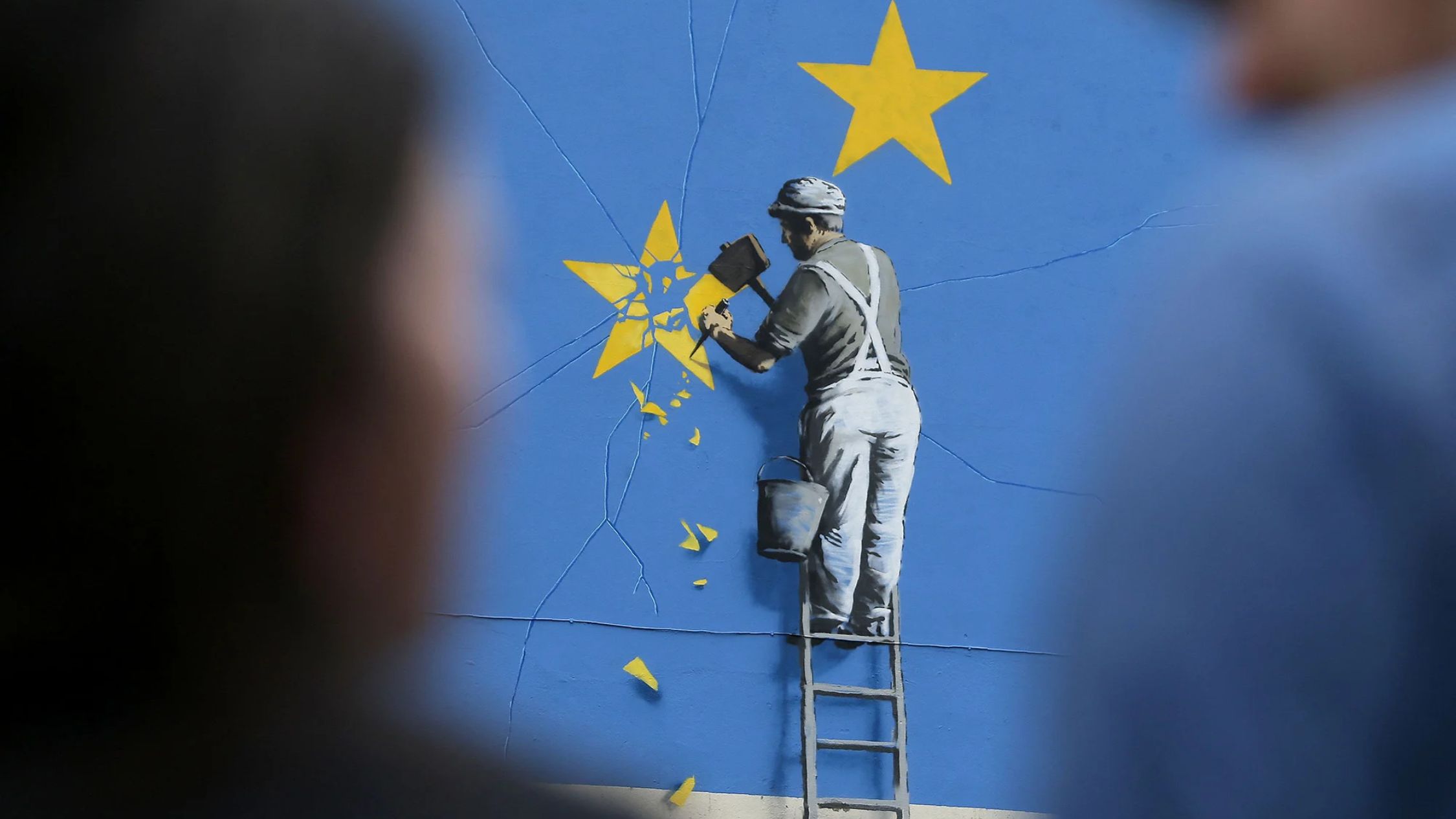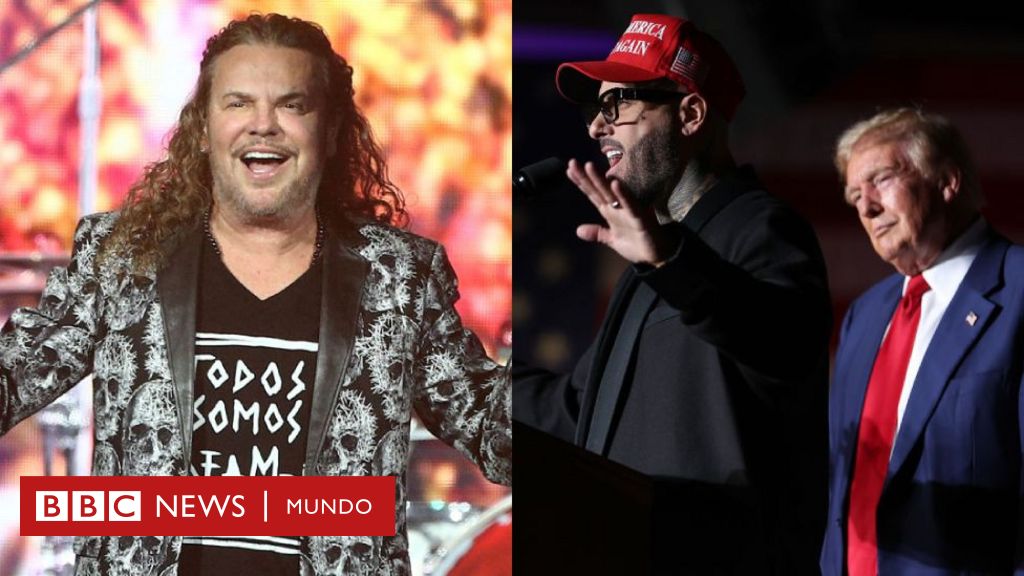(CNN) — Anonymity is at the core Purana That surrounds the elusive street artist BanksyBut he may have revealed his name again in an interview.
First recorded in 2003, the interview was released this Tuesday as a bonus episode of the BBC podcast series “The Banksy story“.
Former BBC art correspondent Nigel Wrench, as reported by The Independent newspaper, said that when asked if Banksy’s name was “Robert Banks”, the artist replied: “It’s Robbie.”
Wrench shared an archival interview with podcast host James Peake, a “superfan” of Banksy’s work, listening to the 10-episode series, which also includes an unverified recording of his voice from an interview recovered from 2005. with US National Public Radio (NPR).
However, all is not as it seems, as is often the case with Banksy, an artist known for his satirical humor, subversive methods and anti-authority themes.
“A name is coming,” Peek told CNN on Tuesday. “Is it the right name? Is it a clever joke?” Robbie noted that a name like Banks would be a good play on words.
Banksy’s “Love in the Bin” passed away seconds after the hammer fell at Sotheby’s Contemporary Art Evening Sale on October 5, 2018. (Credit: Alexander Scheuber/Getty Images)
Despite his anonymity, Banksy’s unique graffiti art has appeared around the world, on the walls of bombed-out buildings in Ukraine; On t-shirts in support of protesters facing trial for toppling a statue of slave trader Edward Colston during a 2020 Black Lives Matter protest in England; and Paris, highlighting Europe’s 2018 migration crisis.
His 2003 exhibition, which opened soon after his interview with Wrench, featured graffitied police vans, a picture of Winston Churchill’s Mohawk, and live farm animals painted on the blue checks of the Metropolitan Police.
According to Peek, Banksy addresses these political themes in his work with Wrench, considering the benefits of using graffiti as a medium to create art.
“If you’re a person who makes art that sells for ridiculous amounts of money, and you have management around you, I’m often amazed at how pure you can be in your thinking and in your art,” Peake added.
“And what strikes me as I listen to this interview is that it’s all so current and right… It’s almost as if he’s made a decision. What his art is for and the means to engage in it.”
Politics, destruction and anarchy
Although these political themes marked his work from the beginning, Banksy told Wrench in 2003 that he did not consider himself “that political”.
And he added: “If you think about anything in your life for more than a second, you should realize that the shoes you wear are made with someone’s pitiful money, and the coffee you drink means someone, somewhere. In the world of the world, he is murdered.”
Banksy spoke about vandalism and his understanding of art: “(Vandalism) is a quick way to express your vision.”
“To me, the golden goal is that it takes you less time to do it than it takes people to see it,” he added.
Asked if his exhibition was related to anarchism, Banksy told Wrench: “I’m interested in injustice. Who has the right to judge other people? If you’ve ever been victimized by the judicial system, you’re very skeptical of everything, so I think I want to change that a little bit… really good people.” I am interested in finding out who.
According to Peek, listening to the archival interview only increased his admiration for Banksy, an admiration that arose from not only realizing the art was “brilliant”, but also the “wonderful, human, kind, progressive and liberal sensibilities…” that underpin it. .


:quality(85)/cloudfront-us-east-1.images.arcpublishing.com/infobae/LJCEPS7HJFDXTCMEPQST444DTY.jpg)
:max_bytes(150000):strip_icc()/KarlaMonroig2-69de4a9433ff4ddb9ac18d368825ec14.jpg)

